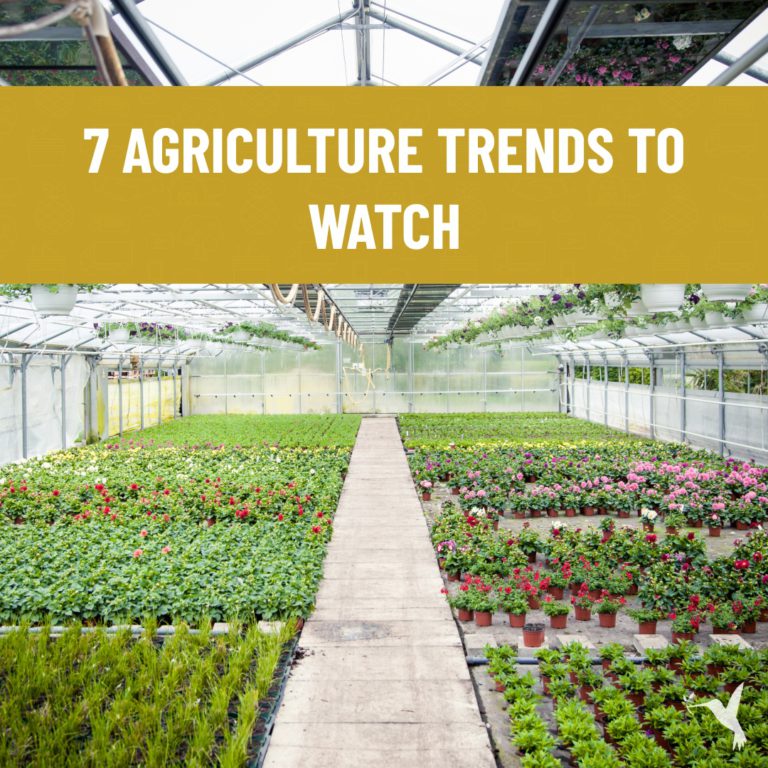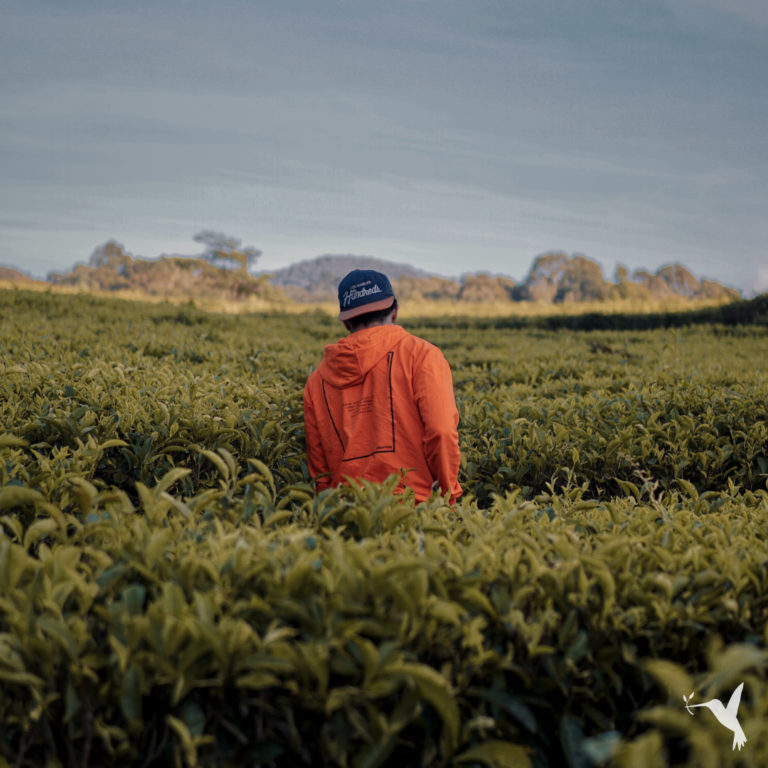3 T’s Behind a Product Certification: Trust, Transparency and Traceability
The Evolution of Sustainable Supply Chains
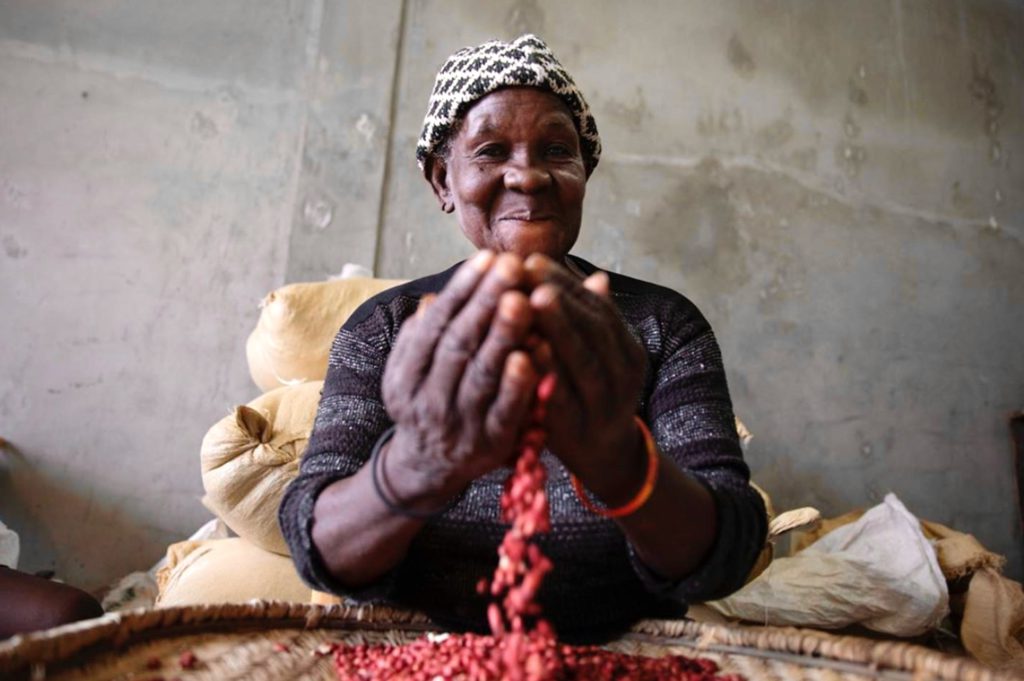
It is time to transition from spot buys to value chain partnerships in the agricultural industry. How? Through product certification and marketing. Let’s see why.
I define a “spot buy” as a one-time, post-harvest purchase that occurs when an agricultural seller (farmer or aggregator) sells to a downstream buyer. The price is often listed, negotiated, or achieved in a bidding process. The product standards are defined by buyer and seller and can involve certifications and quality assurance reviews, or the product could be a fully raw, unprocessed material.
The spot buyers are often processors, packers, brokers, traders, distributors, truckers, and wholesalers. The relationship is clearly meant to follow a buy-low, sell-high model in which the intermediary directly benefits from purchasing at a lower price, typically adding some sort of value (if only transport and warehouse, or perhaps further processing and packing) and profiting from resale to a downstream buyer.
It is Adam Smith’s Invisible Hand of capitalism at work in its purest form. For those unfamiliar with the term, the Invisible Hand refers to, “The unobservable market force that helps the demand and supply of goods in a free market to reach equilibrium automatically.”
Organization and product certifications have brought definitions and standards to the marketplace for the raw, processed and packed materials that become consumer products. These certifications can be relatively unknown to the end consumer, such as Global Gap and ISO, while others have become important consumer-facing certifications that can warrant significant premiums from the market, as in the case of organic, fair trade, non-GMO, vegan, and gluten-free.
Consumers rely on the product certification logo on their packaging to “trust” that this product satisfies their values and expectations as a consumer.
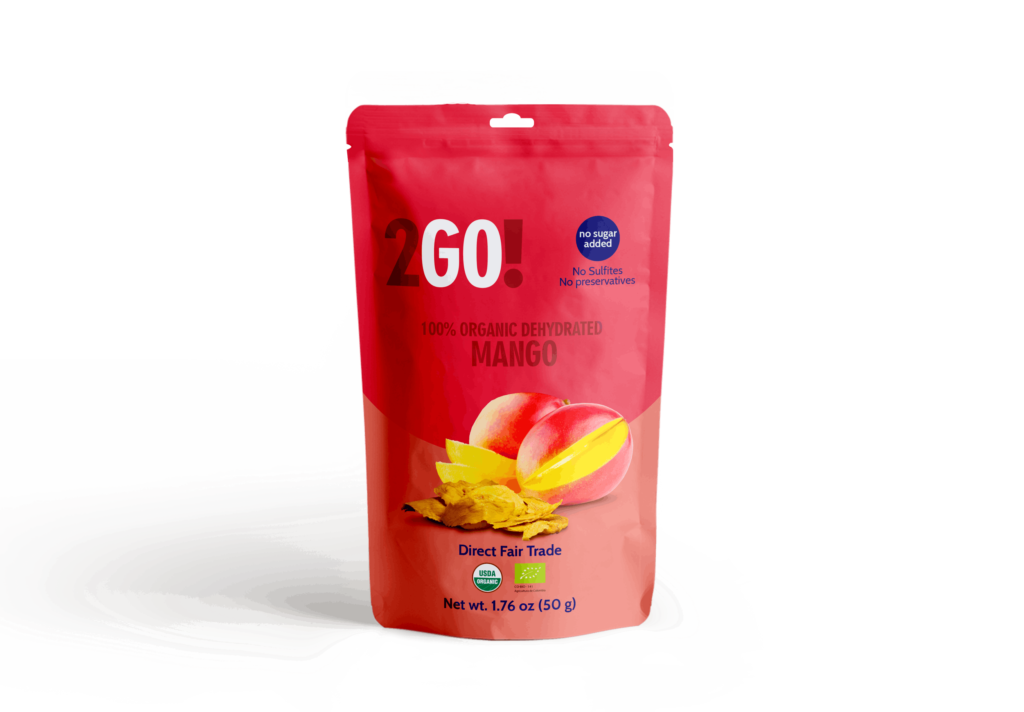
Certifications have become scalable as a black and white, linear process, at least to the consumers. Either there is a product certification or there isn’t. The emblem is the signifier. There are rules and costs to the process, and independent auditors do site visits and review documents to maintain legitimacy.
The reality, however, which many consumers may not know, but which is common knowledge for agricultural supply chain professionals, is that there is a trade-off between cost and oversight.
While some market buyers like Germany and Japan will often demand lab testing upon arrival of products, many other markets don’t. Meanwhile, on the ground, certifiers have a limited budget and will almost never perform random farm checks unless one is flagged for potential fraud. Thus, we rely on data from a once-a-year site visit to the farm and facilities, and perhaps lab tests at different steps along the value chain, to confirm that a product does indeed have the origin, quality, and ecological and social practices as labeled.
Therefore, in many premium value chains we are simply relying on the distant threat of a damaged business reputation or the goodwill, ethics and morality of value chain participants to keep brands honest. Unfortunately, as we are all aware, people sometimes make greedy decisions for the sake of increased profits. This greed can occur at all steps of the value chain, and all it takes is one individual deciding that a 1.2x increase of their revenue is worth the risk.
After all, who is going to notice?
This is a big problem, and one that puts all of the good actors at risk of losing the trust of consumers willing to pay the premiums and select certain brands because of their desire for certain qualities.
Now, back to the discussion of transitioning from spot buys to value chain partnerships.
A new dimension of market demands has opened around what I refer to as the Three T’s: Trust, Transparency and Traceability.
Trust is about building confidence that the marketing claims and certifications on products are legitimate, and that the brands behind the products deserve our trust as consumers.
Transparency is about visibility around the source of the product: Who is the producer? Where is it produced? How are the working conditions, and what is the impact and the overall story?
Traceability is about validated data that proves the product provenance and other key information along the value chain from source to consumer.
I believe that the brands that deliver on the Three T’s will be able to capture a new generation of loyal consumers who choose to purchase their products over competition that simply relies on certifications and marketing to justify their premium.
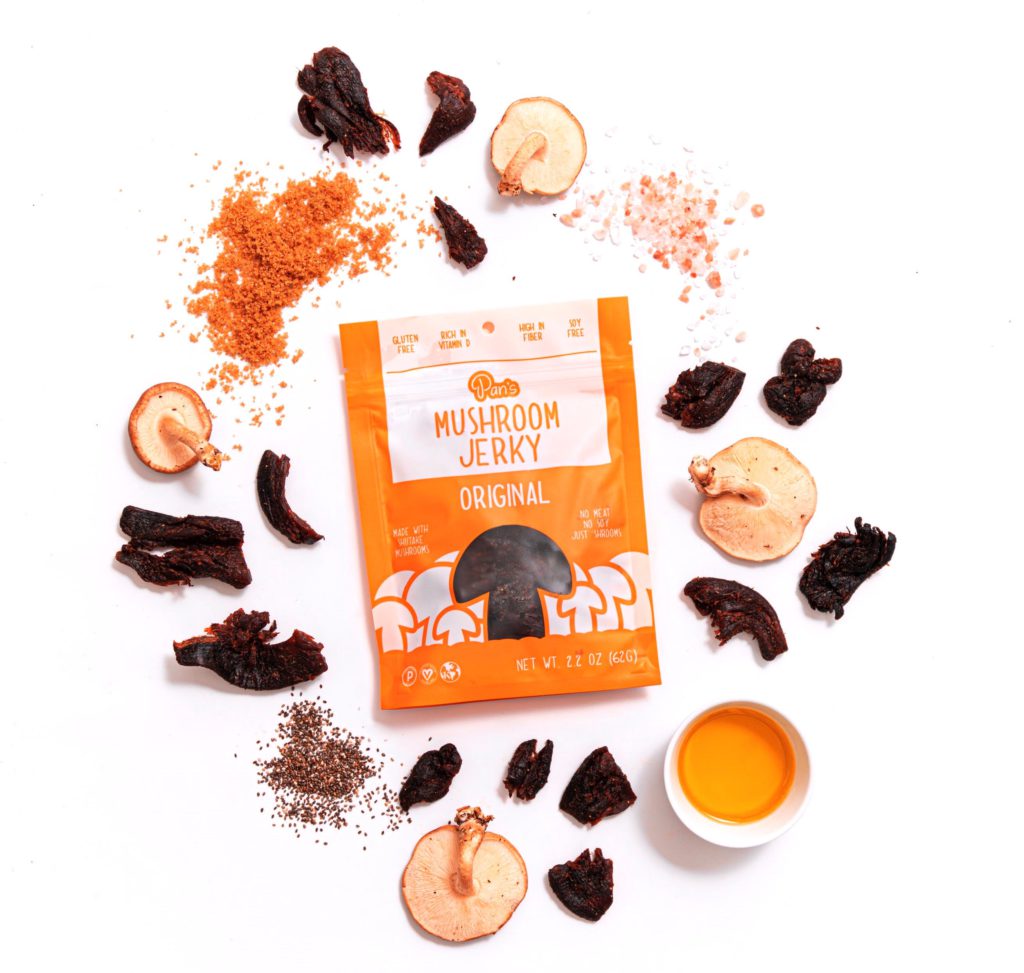
The question that we are asking is, “How do we support the entire industry to deliver the Three T’s?”
This is where an industry-wide transformation will be required. We will need adoption of digitization for traceability to take hold. True transparency will require that value chain storytelling be readily available to consumers. This is only feasible when brands have captured this content and are sourcing consistently from the same suppliers so that products and branding efforts are united.
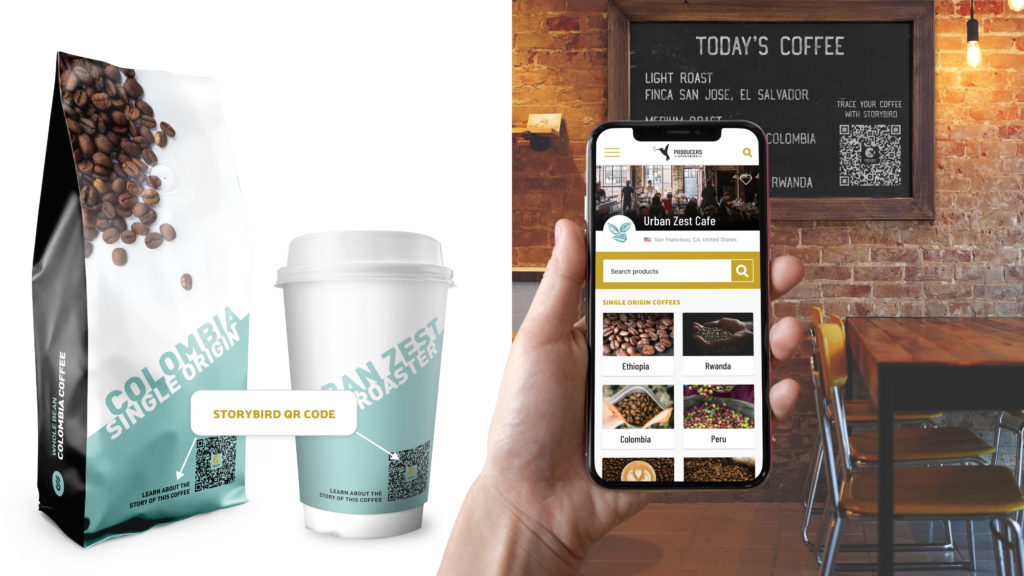
Here comes the pressure point. Structural change must take place in order to facilitate the building of value chain partnerships. Supply chain transactions must be consistent, and qualitative and quantitative value chain data must seamlessly move across supply chains, if brands are to provide their consumers with the Three T’s.
This transition will require a movement out of the Stone Age and into the digital age. In the digital age, technologies like Blockchain and Distributed Ledgers, integrated into smartphone applications and company ERP systems, will help maintain the integrity of information across the value chain, from small farmers and aggregators to processors and packers, wholesalers, distributors, retailers, and consumers. Bilateral data communication combined with rich content will make for an engaging experience that just may be the determining factor between winning and losing for brands of this decade.
Want to learn more about how Producers Market is fostering the Value Chain Partnerships of the next decade? Sign up for our newsletter to stay up to date:


